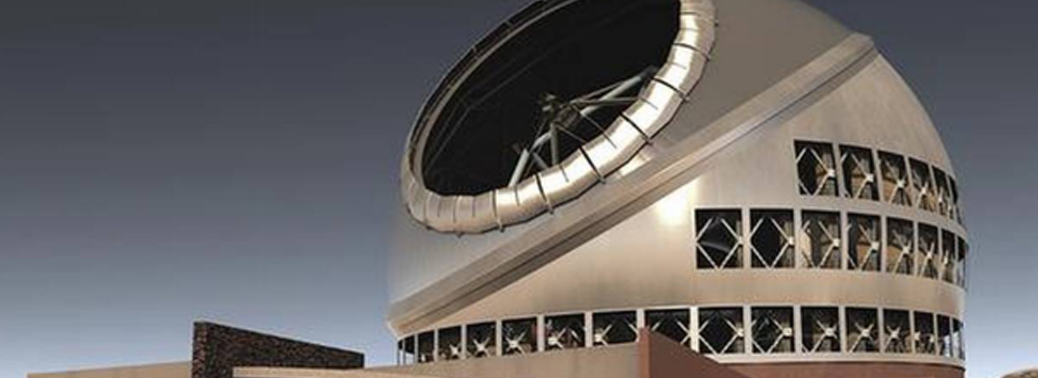INDIA WANTS SHIFTING OF HAWAII TELESCOPE
23, Jan 2020

Prelims level : Space Technology
Mains level : GS-III Awareness in the Fields of IT, Space, Computers, Robotics, Nano-Technology, Bio-Technology and Issues Relating Intellectual Property Rights
Why in News?
- India, a partner in the construction of one of the largest telescopes in the world, has said it wants the project to be moved out of the proposed site at Mauna Kea.
Highlights:
- The TMT or Thirty Metre Telescope, as it is called, is a joint venture (JV) involving five countries, but the $2 billion project has been derailed by protests for over a decade. The proposed site is considered sacred to indigenous Hawaiians.
- Protests at the site last year saw scientists unable to access other telescope facilities in Mauna Kea.
- The project has been delayed by nearly five years and should have begun operations by 2025.
- India has committed $200 million, which is about a tenth of the proposed cost.
- The telescope needs 492 precisely polished mirrors and India is to contribute 83 of them. The next best site to locate the telescope is the Observatorio del Roque de los Muchachos (ORM) on La Palma in the Canary Islands, Spain.
- Hanle, in Ladakh, was also in the running to host the TMT, but lost out to Mauna Kea, which is considered a superior site due to the imaging possibilities it offers, its stable weather, and also because it has the necessary infrastructure to manage telescopes, already being host to several telescopes.
- Canada, the United States, China and Japan are the other and more significant partners in terms of the monetary and infrastructural aspects of the TMT.
- The level of contribution determines the amount of viewing time, or slots, that the member-countries’ scientists get on the machine. Thus India, in a given year, stands to get 10% of the available slots and any downtime could reduce the availability.
Thirty Meter Telescope:
- The Thirty Meter Telescope is a new class of extremely large telescopes that will allow us to see deeper into space and observe cosmic objects with unprecedented sensitivity.
- TMT will be three times as wide, with nine times more area, than the largest currently existing visible-light telescope in the world. This will provide unparalleled resolution with TMT images more than 12 times sharper than those from the Hubble Space Telescope.
- The TMT is designed for near-ultraviolet to mid-infrared (0.31 to 28 μm wavelengths) observations, featuring adaptive optics to assist in correcting image blur.
- The TMT will be at the highest altitude of all the proposed ELTs. The telescope has government-level support from several nations.
- TMT will observe the formation and development of the large-scale structures by looking at faint distant galaxies and the intergalactic medium, providing information on the physics of the early universe and the nature of dark matter that are inaccessible using any other techniques.
- TMT will be able to characterize and study the properties of exoplanets leading us closer to finding out if life exists beyond the Earth.






